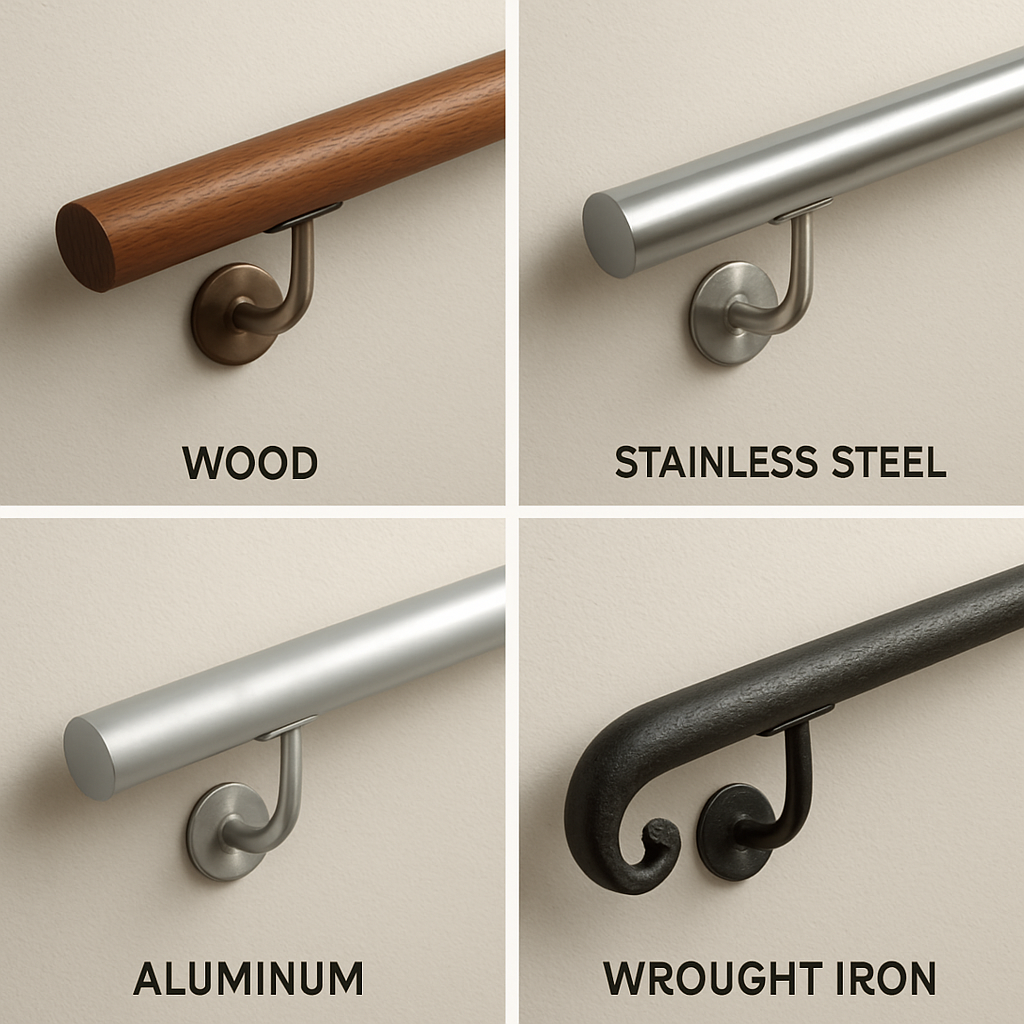 Service Hotline:13510328459
Service Hotline:13510328459
 205-206, 2nd Floor, Building 2, Xiazao Village Industrial Zone, Gaofeng Community, Dalang Street, Longhua District, Shenzhen City
205-206, 2nd Floor, Building 2, Xiazao Village Industrial Zone, Gaofeng Community, Dalang Street, Longhua District, Shenzhen City
 Service Hotline:13510328459
Service Hotline:13510328459
 205-206, 2nd Floor, Building 2, Xiazao Village Industrial Zone, Gaofeng Community, Dalang Street, Longhua District, Shenzhen City
205-206, 2nd Floor, Building 2, Xiazao Village Industrial Zone, Gaofeng Community, Dalang Street, Longhua District, Shenzhen City
Time:2025-09-03 Preview:
In recent years, the demand for nursing home facilities in China has surged, driven by an aging population and a growing focus on senior care. As these facilities expand, the need for specialized equipment, including handrails, becomes increasingly important. Handrails play a vital role in ensuring the safety and mobility of residents in nursing homes. This article explores the procurement process for specialized handrails in China, highlighting key considerations and best practices.
Handrails are more than just supportive structures; they are essential components in maintaining a safe environment for elderly residents. In nursing homes, where mobility can be a significant challenge for residents, handrails provide the necessary support to prevent falls and promote independence.
Handrails are strategically installed in hallways, bathrooms, and other critical areas within nursing homes. They offer residents a stable support system, helping them move around safely and confidently. This can significantly reduce the risk of falls, which are a leading cause of injury among the elderly.
For many seniors, maintaining a sense of independence is crucial for their well-being. Handrails empower residents to navigate their surroundings with minimal assistance, enhancing their quality of life and fostering a sense of autonomy.

Procuring specialized handrails for nursing homes involves several steps, each of which is crucial to ensure the safety and comfort of residents. Understanding the procurement process can help facilities make informed decisions and select the best products for their needs.
The first step in the procurement process is identifying the specific needs of the nursing home. This involves assessing the facility's layout, the number of residents, and any unique requirements that may influence the type of handrails needed. For instance, a facility with a higher number of residents with mobility issues may require more extensive handrail installations.
When it comes to handrails, material selection is critical. Common materials include stainless steel, wood, and aluminum, each offering different benefits. Stainless steel is known for its durability and resistance to corrosion, making it a popular choice for long-term installations. Wood offers a warm, aesthetic appeal, while aluminum is lightweight and easy to install.
Ensuring that the handrails comply with safety standards is a non-negotiable aspect of the procurement process. In China, nursing homes must adhere to specific regulations that govern the installation and maintenance of safety equipment. Compliance with these standards not only ensures the safety of residents but also protects the facility from legal liabilities.
To ensure a smooth procurement process and optimal outcomes, nursing homes should consider the following best practices:
Working with reputable suppliers is crucial in obtaining high-quality handrails. Suppliers with a proven track record in the industry can provide valuable insights and recommendations based on the specific needs of the facility. They are also more likely to offer products that meet or exceed safety standards.
Before finalizing the procurement, conducting thorough inspections of the handrails is essential. This includes checking for any defects, ensuring proper installation, and verifying compliance with safety standards. Regular inspections and maintenance should also be part of the facility's ongoing safety protocol to ensure the longevity and effectiveness of the handrails.
Customization options can be particularly beneficial for nursing homes with unique architectural designs or specific resident needs. Custom handrails can be designed to fit seamlessly into the existing structure of the facility, providing both functionality and aesthetic appeal.
Despite the importance of handrails in nursing homes, there are challenges that facilities may encounter during the procurement process.
Budget constraints are a common challenge in the procurement of specialized equipment. Facilities must balance the need for high-quality handrails with budget limitations. This may require prioritizing certain areas for immediate installation and planning for gradual upgrades over time.
Navigating the complex regulations surrounding nursing home safety can be daunting. Facilities must stay informed about the latest standards and ensure compliance throughout the procurement and installation process. Partnering with knowledgeable suppliers can help mitigate this challenge.
As China's population continues to age, the demand for nursing home facilities and specialized equipment like handrails is expected to grow. Advances in technology and materials are likely to influence the future of handrail procurement, offering new solutions for safety and mobility in senior care facilities.
Innovations in handrail design are anticipated to provide enhanced safety features and greater customization options. For instance, the integration of smart technology could offer additional support to residents by monitoring their movements and alerting staff to potential falls.
The push for sustainability is expected to drive the development of handrails made from eco-friendly materials. These materials not only reduce the environmental impact but also offer long-lasting durability, making them a cost-effective choice for nursing homes.
The procurement of specialized handrails is a critical component of ensuring safety and enhancing the quality of life for residents in China's nursing homes. By understanding the procurement process, partnering with reputable suppliers, and staying informed about industry advancements, facilities can effectively meet the needs of their residents and contribute to a safer, more supportive environment. As the industry evolves, embracing innovation and sustainability will be key to the continued success of nursing home handrail procurement.
